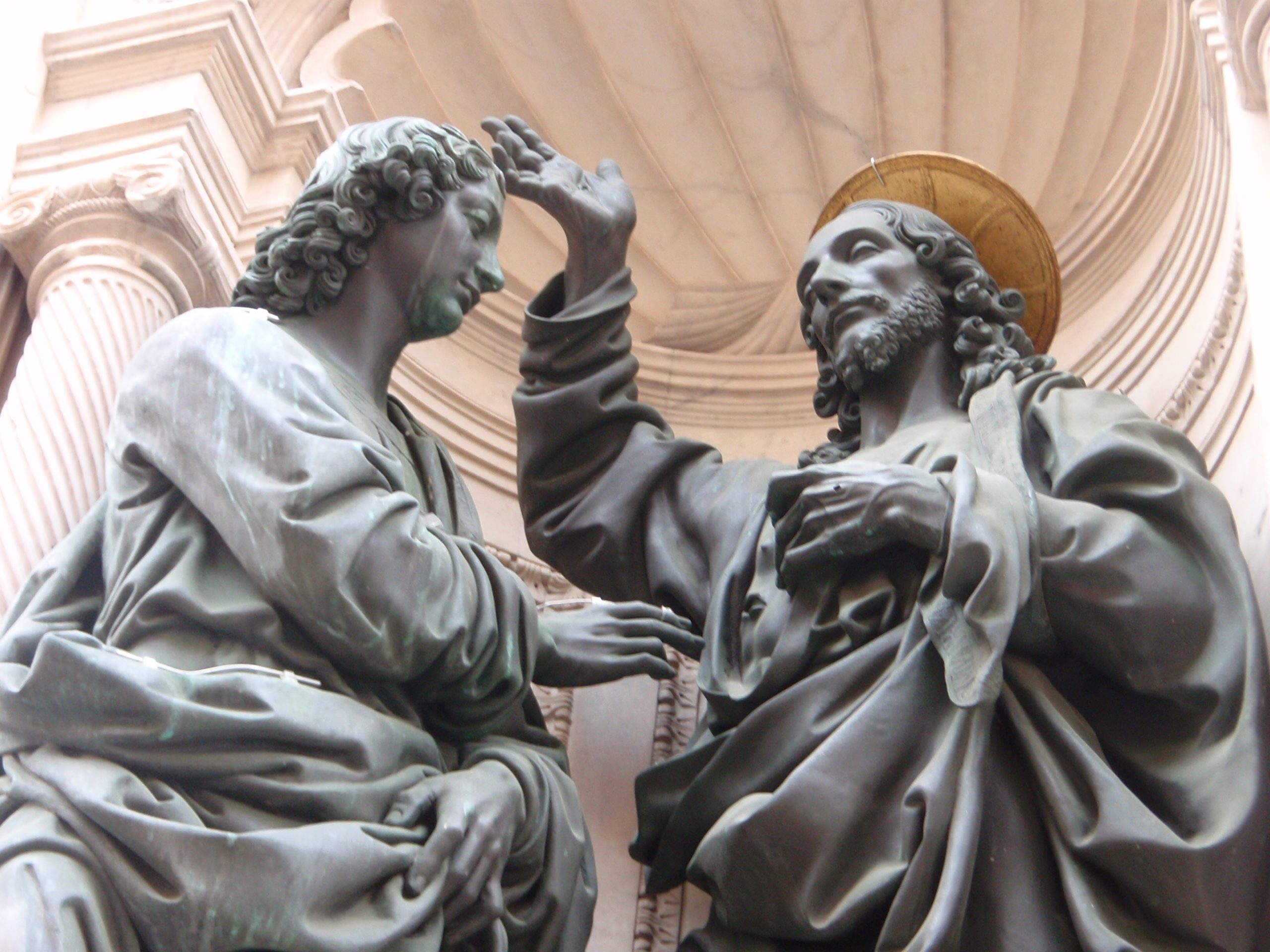Have you ever questioned the truth of the resurrection story? If so, you’re not alone. Even one of Jesus’ apostles, St. Thomas, was dubious, earning the nickname, ‘Doubting Thomas’.”
Saint Thomas is revered across all denominations. In the Roman Catholic liturgical calendar, July 3 is celebrated as the Feast of ‘Doubting Thomas,’ also known as St. Thomas the Apostle, or Didymus (meaning ‘Twin’). Thomas is commemorated in July for his early church contributions and solemnly remembered on December 21 for his martyrdom. This blog post explores his journey from doubt to devotion to Jesus Christ.
St Thomas The Apostle – The Doubt
Thomas is known for his initial scepticism about Jesus’ resurrection. Referring to him as ‘doubting’ suggests he was the only apostle who doubted the resurrection. However, he was not the only one who expressed doubt. In Luke 24:1-12, we find::
“9 When they came back from the tomb, they told all these things to the Eleven and to all the others. 10 It was Mary Magdalene, Joanna, Mary the mother of James, and the others with them who told this [that He is risen] to the apostles. 11 But they did not believe the women, because their words seemed to them like nonsense.”
Why does John specifically single out Thomas as ‘doubting’?
While Thomas is a prominent apostle, his doubting incident is detailed only in the Gospel of John. Matthew, Mark, and Luke briefly mention Thomas as an apostle but do not elaborate on his scepticism.
“24 Now Thomas (also known as Didymus), one of the Twelve, was not with the disciples when Jesus came. 25 So the other disciples told him, ‘We have seen the Lord!’ But he said to them, ‘Unless I see the nail marks in his hands and put my finger where the nails were, and put my hand into his side, I will not believe.”
John 20:24-25 (NIV)
Thomas was the lone apostle to demand proof. In verses 27-29, we encounter a witness testimony:
27 Then he said to Thomas, “Put your finger here; see my hands. Reach out your hand and put it into my side. Stop doubting and believe. 28 Thomas said to him, “My Lord and my God!”. 29 Then Jesus told him, “Because you have seen me, you have believed; blessed are those who have not seen and yet have believed.”
John 20:27-29 (NIV)
There are over 100 different English translations of the Bible, each with their own tones and nuances. In the KJV, for instance, Jesus invites Thomas to ‘thrust’ his hand into his side rather than simply ‘put,’ as found in other translations, this is a distinct section of the New Testament. Although other biblical figures doubted Jesus for various reasons, this is the only instance where a witness explicitly seeks proof of Jesus’ resurrection..
Why is this significant?
In 2006, Pope Benedict XVI remarked regarding Thomas,
“The Apostle Thomas’ case is important to us for at least three reasons. First, because it comforts us in our insecurity; second, because it shows us that every doubt can lead to an outcome brighter than any uncertainty; and, lastly, because the words that Jesus addressed to him remind us of the true meaning of mature faith and encourage us to persevere, despite the difficulty, along our journey of adhesion to him”.
St Paul Centre, OH
Religious art portraying Thomas’ doubt
Religious art has helped people understand biblical narratives since early Christianity.
One of the most famous depictions is that of Italian Baroque master, Caravaggio. ‘The Incredulity of St Thomas’ (1601) is an oil on canvas (107cm x 146cm) showing Thomas closely inspecting Jesus’ crucifixion wound. Caravaggio’s characteristically Baroque style uses dramatic lighting from the left highlighting Jesus’ wound and directing us to his humanity. Jesus willingly and patiently guides Thomas’ hand into the wound, capturing the moment when doubt meets revelation. In this short video, David Hockney suggests that Caravaggio invented Hollywood lighting (conceptually, at least). The Picture Gallery of Sanssouci in Sanssouci Palace, Potsdam, Germany, has housed the painting since the mid-18th century
Image credit: ‘The Incredulity of Saint Thomas‘, painting by Caravaggio, by ‘Masur‘, licenced under CC BY-SA 2.0
This pivotal moment in the Bible illustrates Thomas’ initial doubt and eventual belief upon receiving proof. I empathise with Thomas, as I too grapple with questioning the supernatural. As meaning-seeking creatures, questioning is a normal part of faith and the human condition.
The role of faith
Contemplating how it might feel to witness a miracle is surreal. Since most people do not experience supernatural events, faith becomes central to Christianity
The story of Doubting Thomas reminds me of Kierkegaard’s thoughts in Unscientific Postscript about the importance of faith. Kierkegaard suggested that, in many matters, particularly religious, we reach a point where objective certainty is no longer attainable. We exhaust arguments using reason and cannot find scientific proof. He argues that when reason and evidence are insufficient, we must choose what to believe. Since the resurrection cannot be scientifically proven, it remains objectively uncertain and naturally causes anxiety. This unsettling experience leads us to a decision—a deeply personal truth that intensifies our faith
What are your thoughts on faith? Do you experience doubt, and what helps you to overcome it? Let me know your thoughts in the comments, or please contact me if you have any questions.

